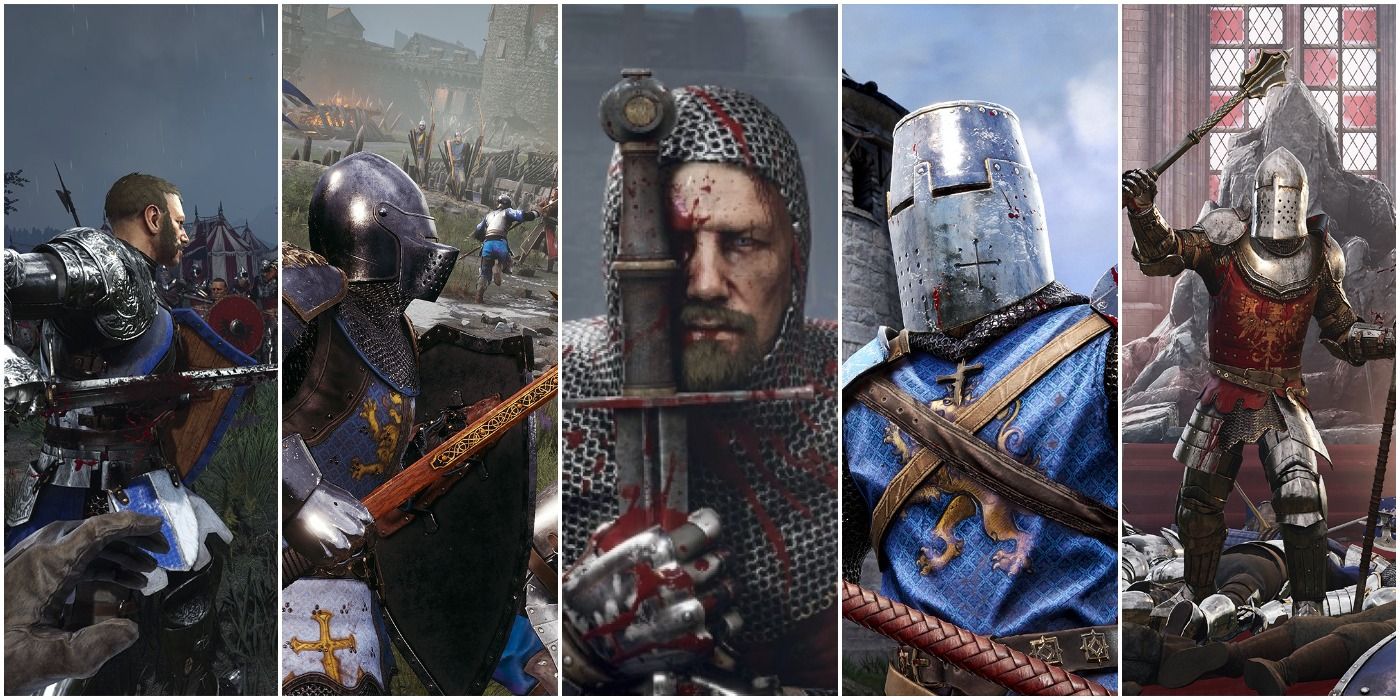
Chivalry 2 is the highly anticipated sequel to the 2012 online medieval warfare game Chivalry, and in many regards, it's an improvement over the original. One major difference between Chivalry and Chivalry 2 is how each of the four classes works. In the sequel, each class has three sub-classes to choose from, rather than builds coming solely from equipment.
RELATED: Ranking The Oldest MMORPGs (That Are Still Online Today)
Each sub-class offers different strategies for the player. An Archer can go close-range as a Skirmisher, while a Vanguard can take advantage of the range of the Ambusher sub-class. There's a class for every type of player in Chivalry 2, and plenty of ways to customize the experience as any of the four primary options.
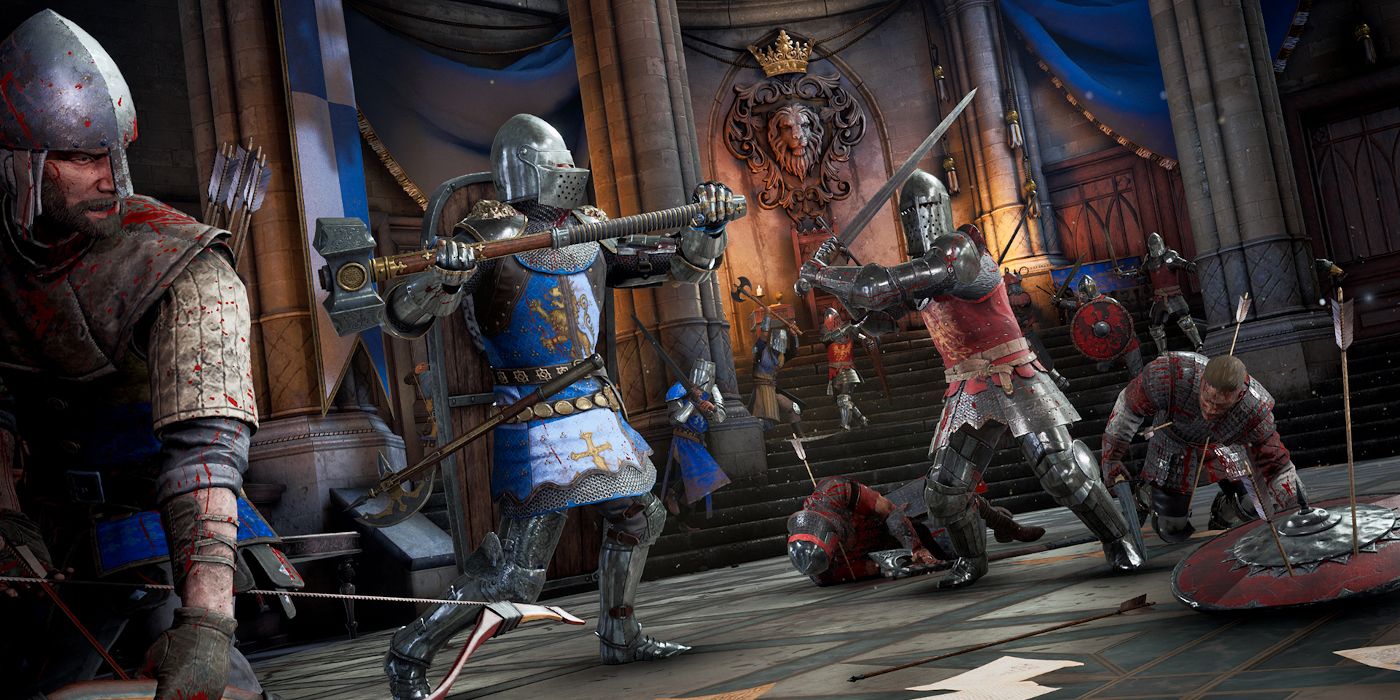
The Archer excels in long-range combat and control of the battlefield from afar. They are rarely seen in hand-to-hand combat, and generally have only a few ways to get out of a tight spot. What Archers lack in health, though, they make up for with their ranged output.
Archers can take on three different subclasses: the Longbowman, the Crossbowman, and the Skirmisher. Each has their own focus on taking down enemies from a distance.
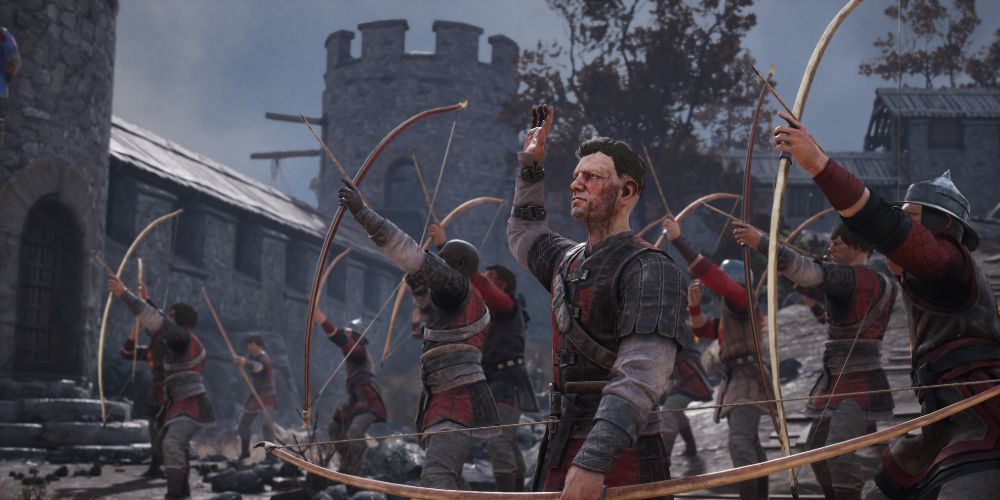
The Longbowman is a subclass with access to regular bows, and thus has the longest-range attack in Chivalry 2 to take enemies out from a distance. Longbowmen are able to place traps and use Braziers to light their arrows, setting enemies on fire on hit.
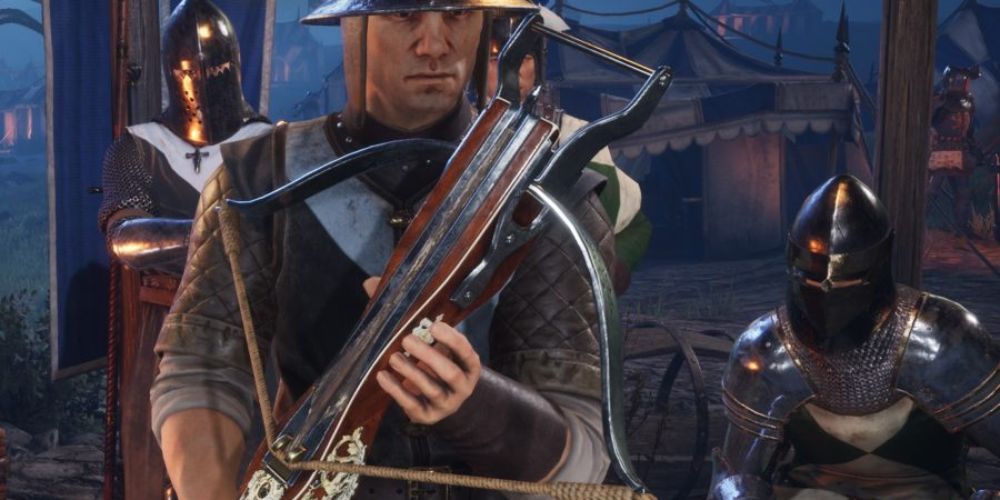
The Crossbowman sub-class is a mid-ranged class that can dip in and out of combat whenever they're needed. The Crossbowman can deal huge amounts of damage with their mighty bolts, but are completely open when reloading. They can place a portable block that is used for on-the-go cover, too.
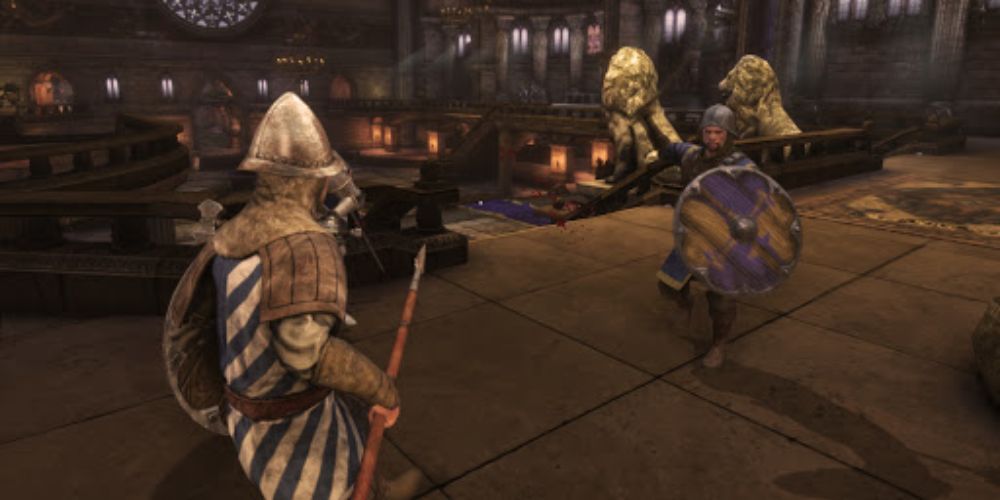
The Skirmisher sub-class is the shortest ranged Archer sub-class in Chivalry 2, but it packs the biggest punch. Throwing Javelins and Axes lead to certain kills, if aimed properly. However, the Skirmisher has little ammo. These two weapons can also be used at melee range, though, and the sub-class can restock with their special ability.
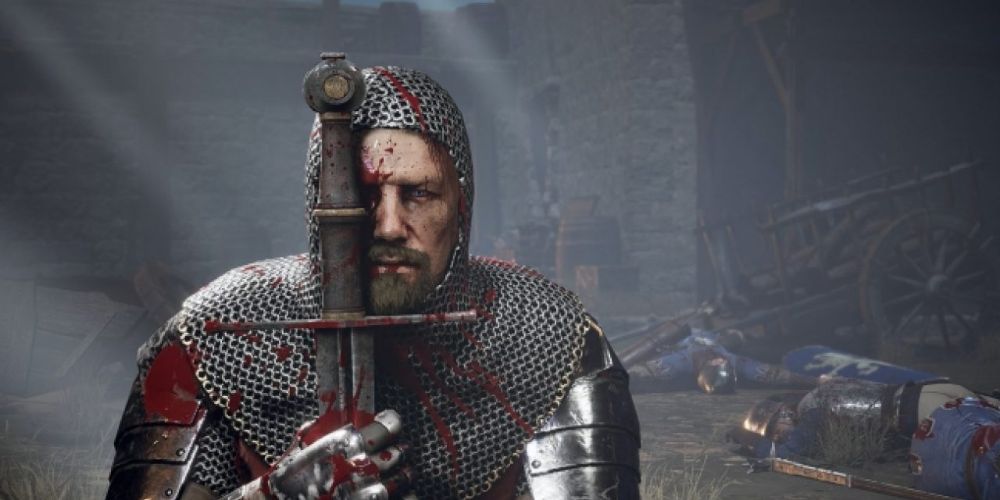
The Footman is the fastest melee-oriented class of the three, and its three sub-classes each focus on a different aspect of rapid attacks or supporting the rest of the team. This class is faster than the Knight but slower than the Vanguard, and their health is somewhere between the two.
RELATED: Final Fantasy 14: The Best Classes For Beginners (& Ones To Avoid)
The support abilities of each Footman sub-class make this role stand out on a team. Polemen can tear apart a front line, a Man-At-Arms is an incredibly agile front-lines fighter, and the Field Engineer is almost entirely focused on support.
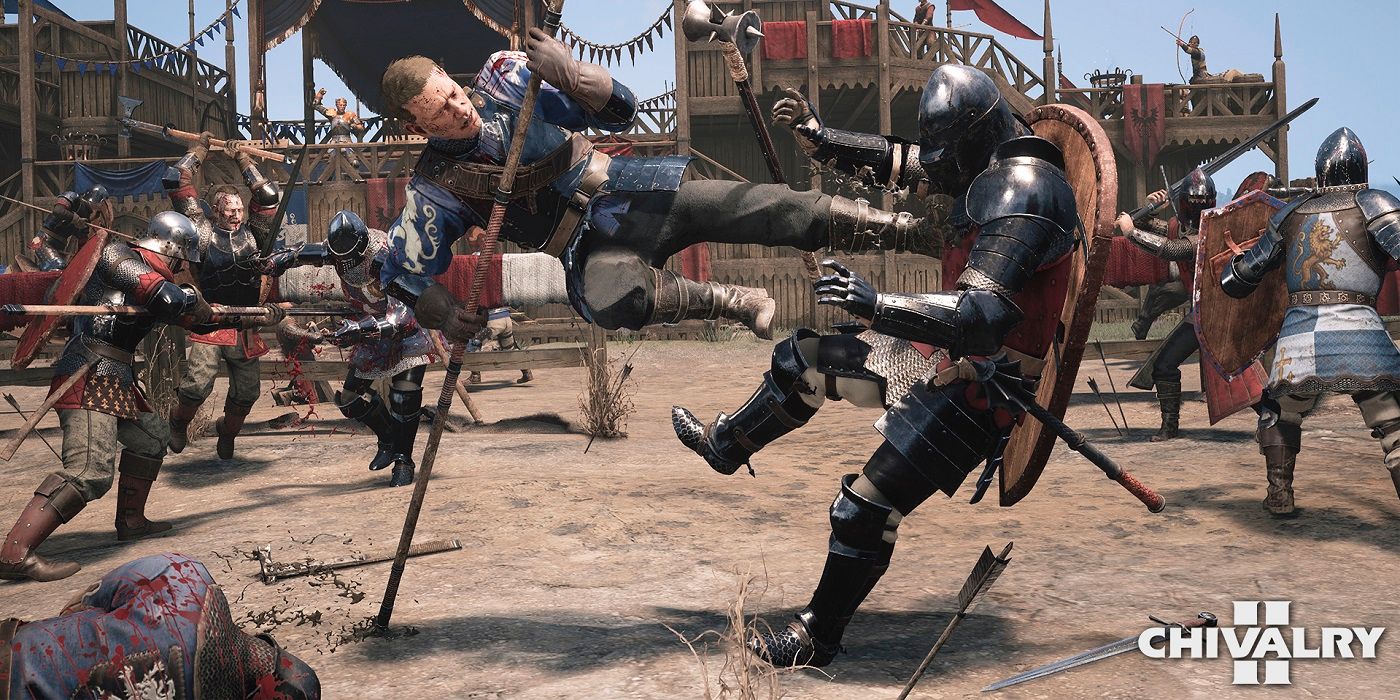
The Poleman has access to weapons with great reach, like Polearms (as the name suggests). They can easily dip in and out of combat when needed. Polemen deal a little bit of additional damage if they attack while sprinting, and they can tackle enemies too.
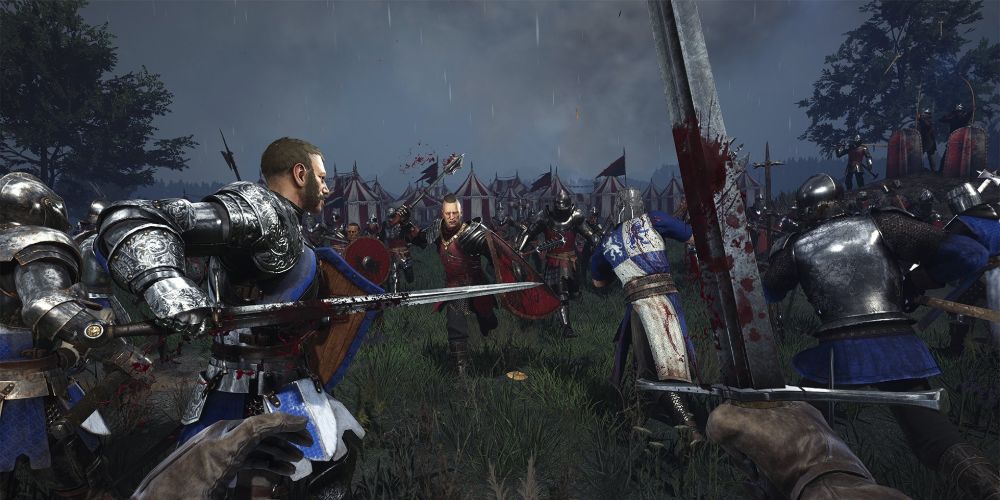
The Man-at-Arms sub-class is, interestingly enough, the fastest class in the game (even though the Vanguard sub-classes are faster on average). This is thanks to the Man-at-Arms' dash reduction and movement buff; unfortunately though, they lack power because of it.
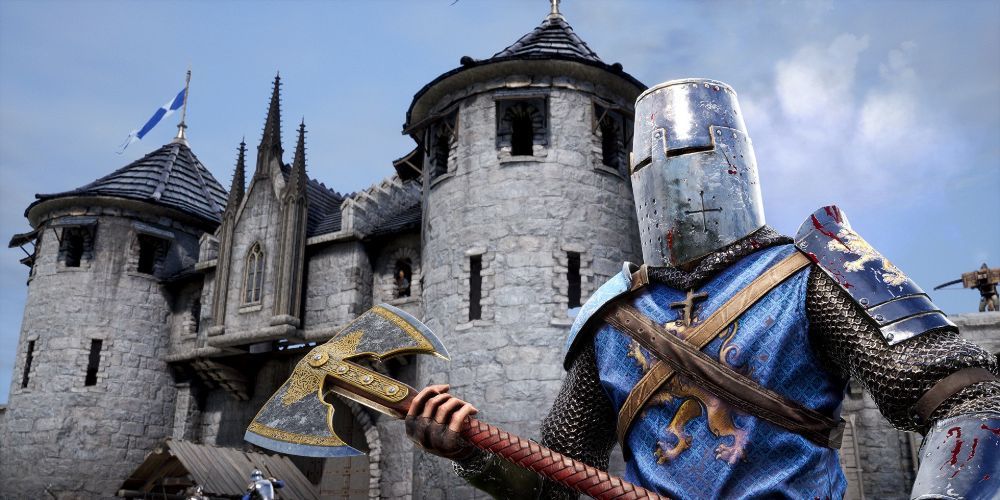
The Field Engineer is, bar none, the best support-focused sub-class in Chivalry 2. The Field Engineer has access to multiple traps and barricades, and works to move the flow of combat with obstacles. Their kit is weak, though, so be prepared to take on a healing role behind the front lines.
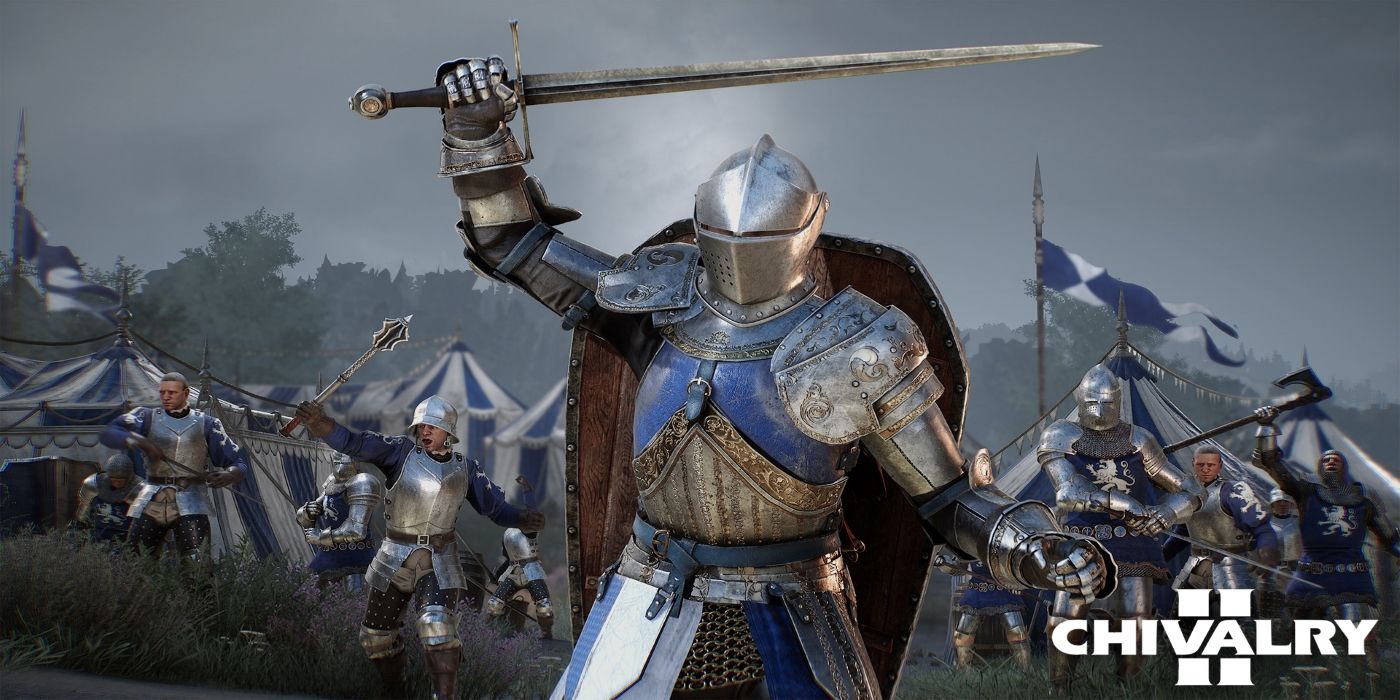
The Knight class in Chivalry 2 is the game's version of a traditional big-boy bruiser class. It has the highest health, the lowest mobility, and generally the highest damage output – if the player gets close enough to enemies to hit, that is.
RELATED: RPGs With The Most Impressive Customization Options
The three sub-classes of the Knight class include the Officer, the Guardian, and the Crusader, each with their own particular focus on close combat utility.
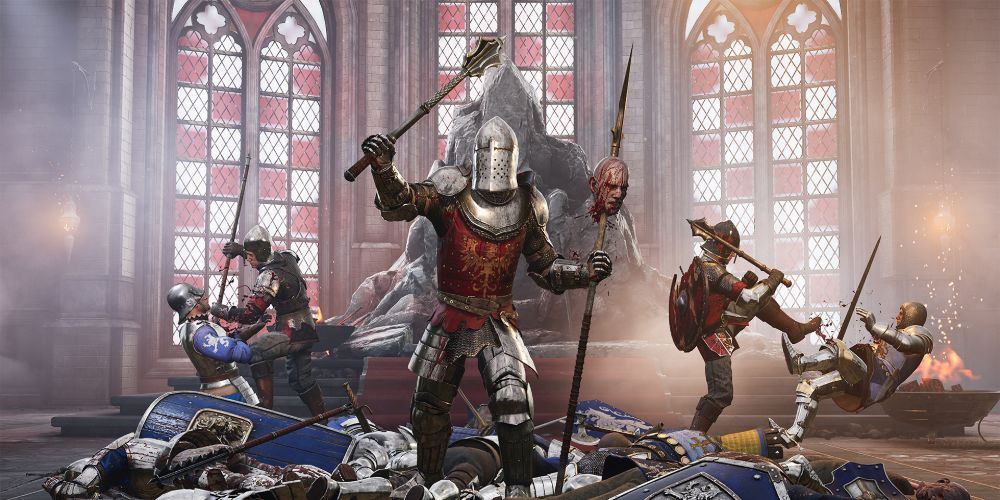
The Officer is perhaps the best beginner sub-class in Chivalry 2, as it hits all the bases. It's got high-damage classic Medieval weapons, throwing daggers, and armor that lets the player shrug off an attack or two while they get to learn the various aspects of the game. Plus, Knights can heal allies with their Trumpet support ability.
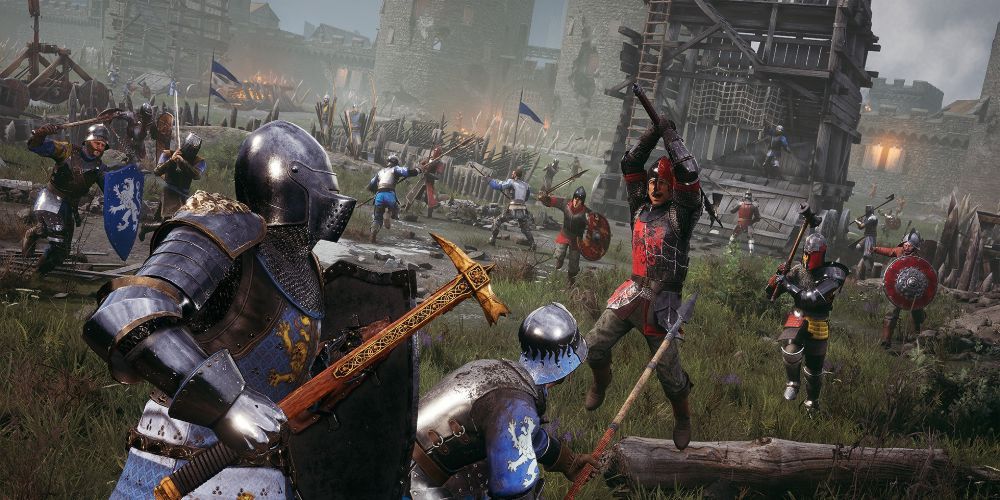
The Guardian is a more defensive version of the Knight, which comes packaged with a shield and the ability to place down a Banner that heals allies. They're the perfect class to hold off a choke point for Allies, or to place firmly in front of the team to absorb incoming ranged fire.

The Crusader is a powerful, offensive-only sub-class with two-handed weapons and a throwable oil pot, which lights up the battlefield in damaging flames. The class is particularly amazing when the player is able to connect, but more often than not, the wild attacks of this class leave it wide open for others to take advantage of.
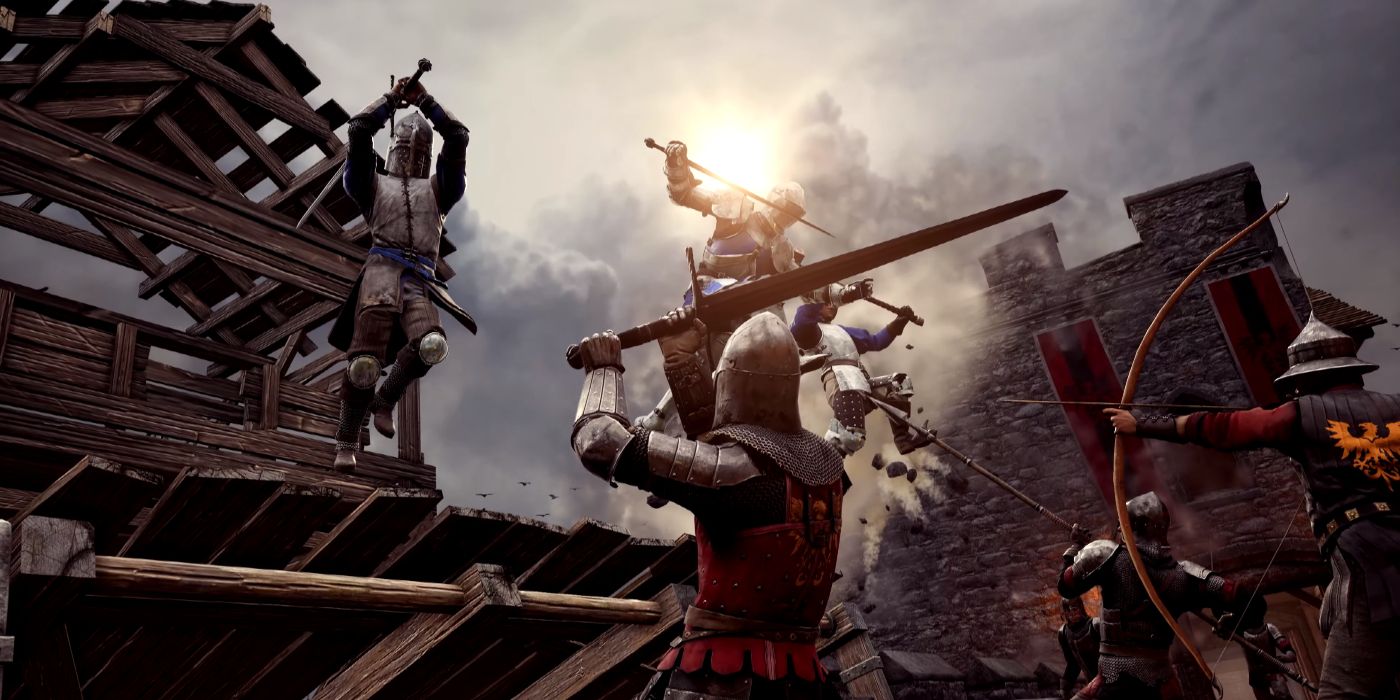
The Vanguard lacks in health and defense what it makes up for in speed and offense. Each of the Vanguard sub-classes gives it new ways to enter combat and unleash havoc on the enemy team, before ducking back out again.
The Devastator is, bar none, the most damaging class in Chivalry 2. Of course, the Raider and Ambusher both have their uses on the battlefield too.
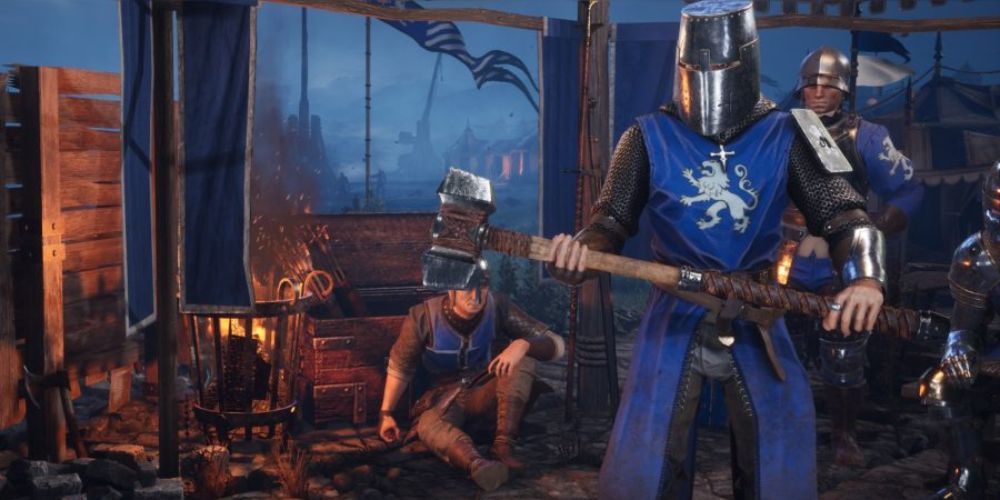
The Devastator has an Oil Pot, just like the crusader, and can use two-handed weapons as well. The Devastator outclasses a Crusader, though, because of its lack of a movement penalty while wielding two-handed weapons. However, its incredibly low health makes this sub-class a priority target for enemies.

The Raider sub-class is a Vanguard that can equip two different weapons. Sacrificing a throwing weapon isn't so bad for some – having access to other weapons for different reach lengths (or a Trumpet for team support) is better than throwing knives much of the time.
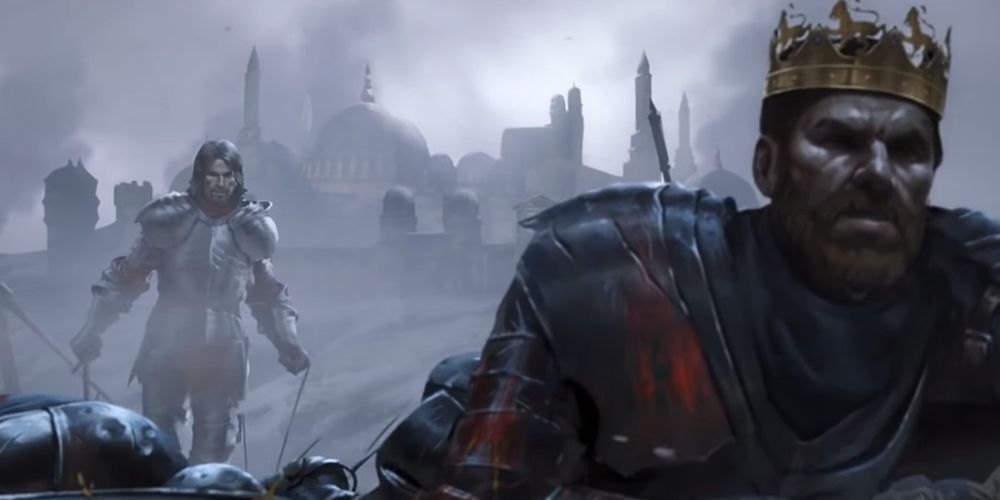
The Ambusher is the total opposite of the Raider, in that the class is less close-combat-focused and more ranged-focused. The Ambusher has access to two-handed weapons as well as throwing weapons – and the sub-class gets a bonus to damage dealt from the rear.
NEXT: Chivalry 2 Preview

